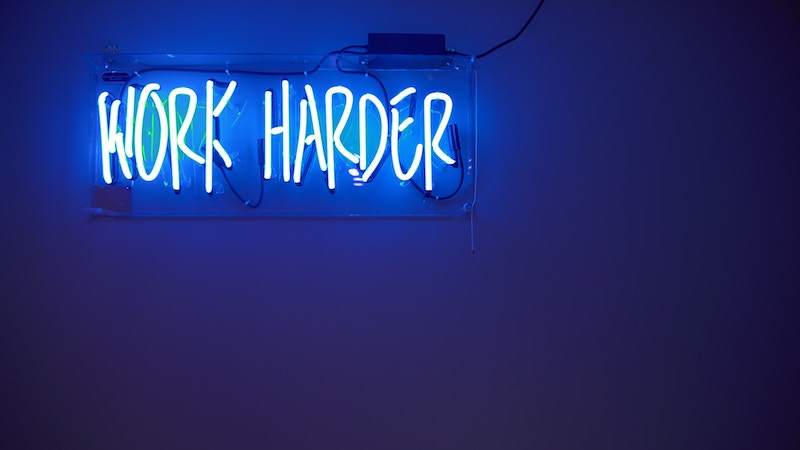Following Up to Maintain Long-Term Relationships
Episode #10 of the course How to freelance like a pro by Paul Jarvis and Kaleigh Moore
Hi there!
Looks like we’re nearing the end of our journey. We’re both so glad you’ve stuck around to this point and hope you’re feeling good about what you’ve learned so far.
Let’s wrap things up today with a lesson on the importance of following up.
The Importance of Following Up
Not every freelance client who hires you is going to need you on a long-term or retainer basis. That’s okay: We’re often specialists who come in to help clients accomplish a specific project. That doesn’t mean, however, that once you’re done working with a client, you should let the radio silence creep in between you two.
In fact, keeping in touch with past clients (yes, even the ones you haven’t worked with in a while) is important to the health of your business. When you maintain those connections with the people you’ve worked with, you open doors for future opportunities—even if they’re with another company. Data shows referrals are the top way freelancers get new work.
So, from referrals and recommendations to general introductions, staying top of mind with your clients new and old means you’re more likely to get connected with others more frequently.
How Do You Follow Up (without Being Annoying)?
Here are a few tips:
1. Write a handwritten note. No one sends snail mail anymore—if you do, you’ll stand out. Send a quick thank you with well wishes, and make sure to ask for any relevant introductions.
2. Use a follow-up email reminder tool like Boomerang to check back in. Checking in every six months or so via email to see what’s going on with your client is a nice way to maintain the relationship and re-open a conversation.
3. Follow them on social media. Following your business contacts on social media means you have numerous chances to comment/re-connect with those people in a more organic way. Comment on their updates and be a good friend.
It’s a good idea to keep a spreadsheet of your clients, past and present, with a column for notes and dates indicating when you last followed up. This will help you remember who needs an email and when, as well as what you last talked about.
If you can do this, in no time at all, you’ll be a master follow-up-er … er.
We’ve reached the end of this course now, and you should have a well-rounded strategy in place for making your freelance projects more profitable, efficient, and enjoyable. We hope you’ve learned a lot and wish you the best in your freelance career.
Thanks again for learning with us.
Happy freelancing,
Paul and Kaleigh
Recommended book
Rework by Jason Fried, David Heinemeier Hansson
Share with friends

